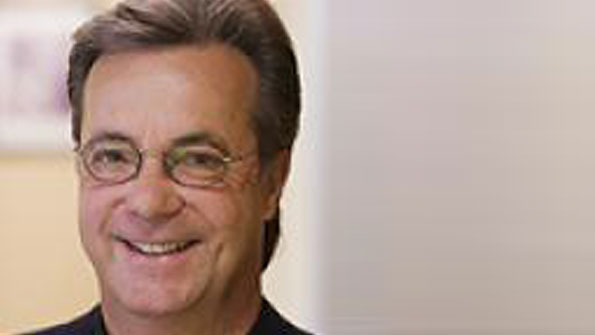Unfinished Business
By Mark Crosby, President/CEO of the Enterprise Wireless Alliance
There are some very critical spectrum and regulatory developments today that deserve front-page coverage in wireless news reports. These stories include how best to implement net neutrality, how and when incentive auctions are to be conducted in portions of the broadcast spectrum, FirstNet’s efforts to commence a national broadband network dedicated to mission critical requirements, the FCC expanding its mission to include cyber security, and, how best to provide commercial access to Federal Government bands, to name just a few.
 Lest we forget, however, as we approach the end of 2014, there are a host of other regulatory and spectrum matters that are nevertheless critical to private land mobile interests. Not necessarily in order of priority, the top four would perhaps include:
Lest we forget, however, as we approach the end of 2014, there are a host of other regulatory and spectrum matters that are nevertheless critical to private land mobile interests. Not necessarily in order of priority, the top four would perhaps include:
Expanding Access and Applications Within the 4.9 GHz Band. The FCC had reason to believe that this 50 MHz chunk of spectrum, repurposed from Federal to public safety use years ago, needed a little attention, specifically how its use might be enhanced. NPSTC jumped in, guns blazing, and about one year ago, submitted a new public safety centric plan to the FCC. At least the plan suggested that critical infrastructure folks could share a piece of the pie, of course, with only public safety coordinators managing things. The implication being that those slick B/ILT certified coordinators might mess things up. Ridiculous. We’ll see how that last suggestion yet plays out, but this item is stuck. Why it’s stuck is anyone’s guess, but it may have to do with the fact that NPSTC’s recommendations were not inclusive enough.
T-Band Repurposing. Simply, this is a mess made by decision makers who didn’t contemplate the unintended consequences of taking away T-Band from public safety, and unknowingly from B/ILT licensees, in exchange for providing public safety 10 MHz of 700 Mhz spectrum and a couple of billion dollars to accommodate the development of what today is the FirstNet initiative. No implementation rule making after two years, and like the poor refugees in Casablanca with no exit visas, the incumbents are doomed to wait and wait for the long-anticipated Order relaxing the T-Band freeze in certain unspecified respects.
800 MHz Interstitial 12.5 kHz Channels. At a time and place long, long ago, EWA filed a Petition for Rulemaking suggesting that with the advent of advanced digital technologies that do not require channel bandwidths of 25 kHz, that perhaps the 12.5 kHz interstitial channels within the 800 MHz band could be put to good use. But that was over five years ago, and still no word. We heard a rumor once that these channels might be earmarked for the forced T-Band refugees noted above, but that doesn’t make a lot of sense from either technical or spectrum capacity reasons. Even a “No, you’re nuts” message after 65 months would be good information.
Vehicular Repeater Systems. This is an item that deserves a rapid solution for everyone concerned, particularly those that produce the equipment, and those that require the benefits of these devices. The industry was divided on the merits of a proposal that would make available a number of certain 173 MHz channels presently allocated for telemetry, for use by VRS systems. Legitimate questions were raised on how such disparate systems could co-exist safely within close proximity. EWA’s recommendation was that while VRS and telemetry systems are not able to share channels within earshot of each other, frequency selection standards could be adopted that would protect both technologies on 173 kHz channels. This isn’t the only spectrum solution for VRS devices, but it is a viable solution where one is urgently needed. And to those who want to believe otherwise, please note that EWA is a fan of VRS systems, and a fan of carefully utilizing the 173 MHz band for VRS systems. All of the comments on this solution were filed about one year ago. No word as yet from the FCC.
It would be nice to have these matters behind us as we start 2015.
















